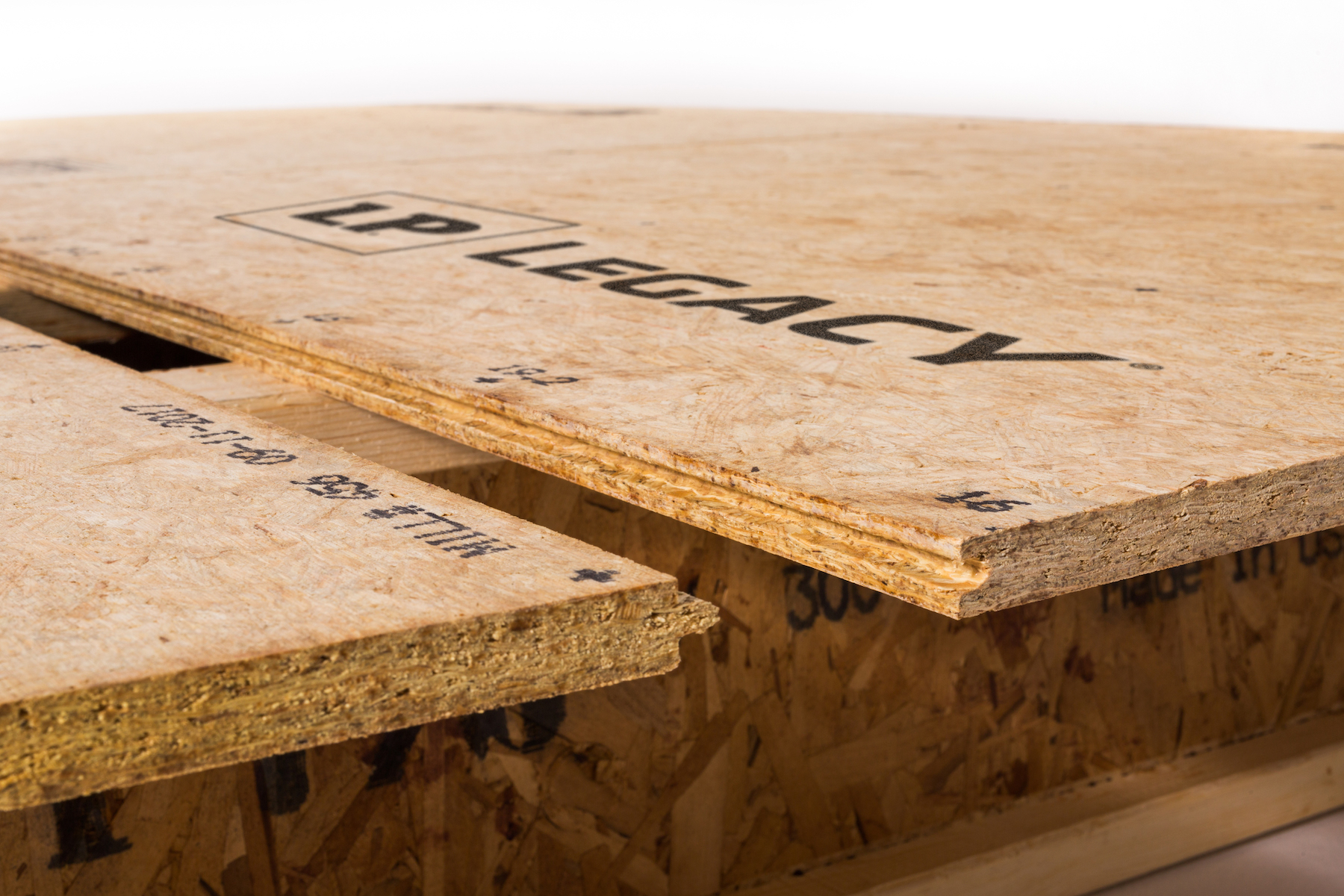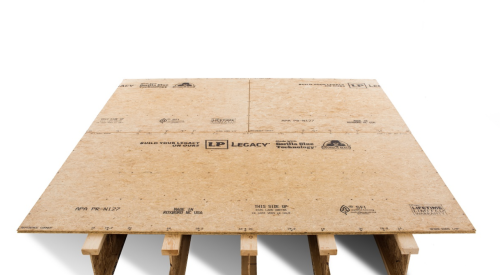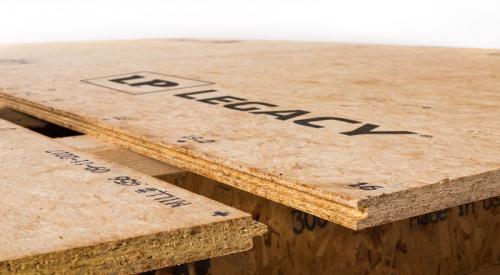It’s easy to think of a floor as a series of parts, the I-joists, OSB, adhesives, fasteners. But truly ensuring the performance of the floor requires a system approach.
![Using software programs, dealers and builders can design the floor system to meet both code requirements and performance metrics. For example, this output from LP’s SolidStart Design Software [Link: https://lpcorp.com/products/resources/software-downloads/lp-solidstart-design-software/] shows a multi-span I-joist designed at 16” o.c. which, coupled with a high-performance sub-floor, would be suitable for a custom home application.](https://www.probuilder.com/sites/default/files/pb/imce-uploads/user7669/2_LP%20SoftwareProgram.jpg)
In considering the floor as a system, all of the products come together to deliver predictable performance that can meet the builder’s and homeowner’s expectations. A premium sub-floor over properly spaced, beefier I-joists, for example, can help reduce deflection that shakes china cabinets or causes nail pops and cracked floor tiles. Premium sub-flooring also has a higher density to help keep fasteners in place.
Builders can design to code minimum or work with their manufacturer and dealer to step up to higher deflection limits, such as L/480, which will provide a stiffer floor with less deflection. To design this floor, one looks at on-center spacing, the strength and stiffness of the I-joist, the quality and density of the sub-floor, etc. For example, if the builder wants to ensure deflection remains under ¼ inch, he can decrease on-center spacing, shorten the span, or increase I-joist series and specify a higher-quality sub-floor, such as a premium panel in a ¾ or 23/32 Performance Category to provide stiffness.
Determining target performance levels requires getting to know the customer, the house itself, and, ultimately, the customer’s budget and expectations.
![In this illustration, the joists are designed at 19.2” o.c. for a value-engineered solution. This design uses LSL [Link: https://lpcorp.com/products/framing/lsl/] for stair openings and flush beams to reduce cost and may be suitable for a tract home. The floor performance could be improved by upgrading to a high-performance sub-floor.](https://www.probuilder.com/sites/default/files/pb/imce-uploads/user7669/3_LP_ValueEngineeredFloor.png)
Consider two different home scenarios:
Scenario 1, a track home with laminate flooring and without a kitchen island: Cost is a key factor in the design of this floor system, so the manufacturer or dealer will value engineer the system, looking at increasing on-center spacing for joists, looking for the least expensive I-joist that meets all the required code minimums, and use columns or piers to break spans up so that smaller support beams may be used. A commodity sub-floor product may be selected, one that will still perform over time, but should not be exposed to the elements for long periods.
Scenario 2, a high-end custom home with a large kitchen island and slate flooring. Depending upon the span, these floors could be designed with either a stiffer series I-joist (which means more volume of wood or a higher grade of wood in the flanges), with closer on-center spacing of the floor joists, or both tactics. The stiffer joist and tighter spacing account for the additional loads from the slate flooring and the island, and would result in a more solid-feeling floor, with less bounce, for the homeowner, as well as less likelihood of the slate cracking.
![Using a premium sub-floor such as LP Legacy® [Link: https://lpcorp.com/products/panels-sheathing/premium-sub-flooring/] as part of a well-planned system can help builders meet buyer expectations for floor performance.](https://www.probuilder.com/sites/default/files/pb/imce-uploads/user7669/1_LP_SubFloor%20copy.jpg)
Thinking as a system can allow for product and design compromises. For example, using a premium subfloor panel APA-rated with a higher stiffness could allow the builder to move from 16-inch o.c. spacing to 19.2 or 24, reducing the number of I-joists needed while still maintaining a solid feeling underfoot and the integrity of the finished flooring above.
Considering the whole system in these ways may help sell buyers on upgrades to higher performance levels, while potentially reducing callbacks and generating positive word of mouth.













